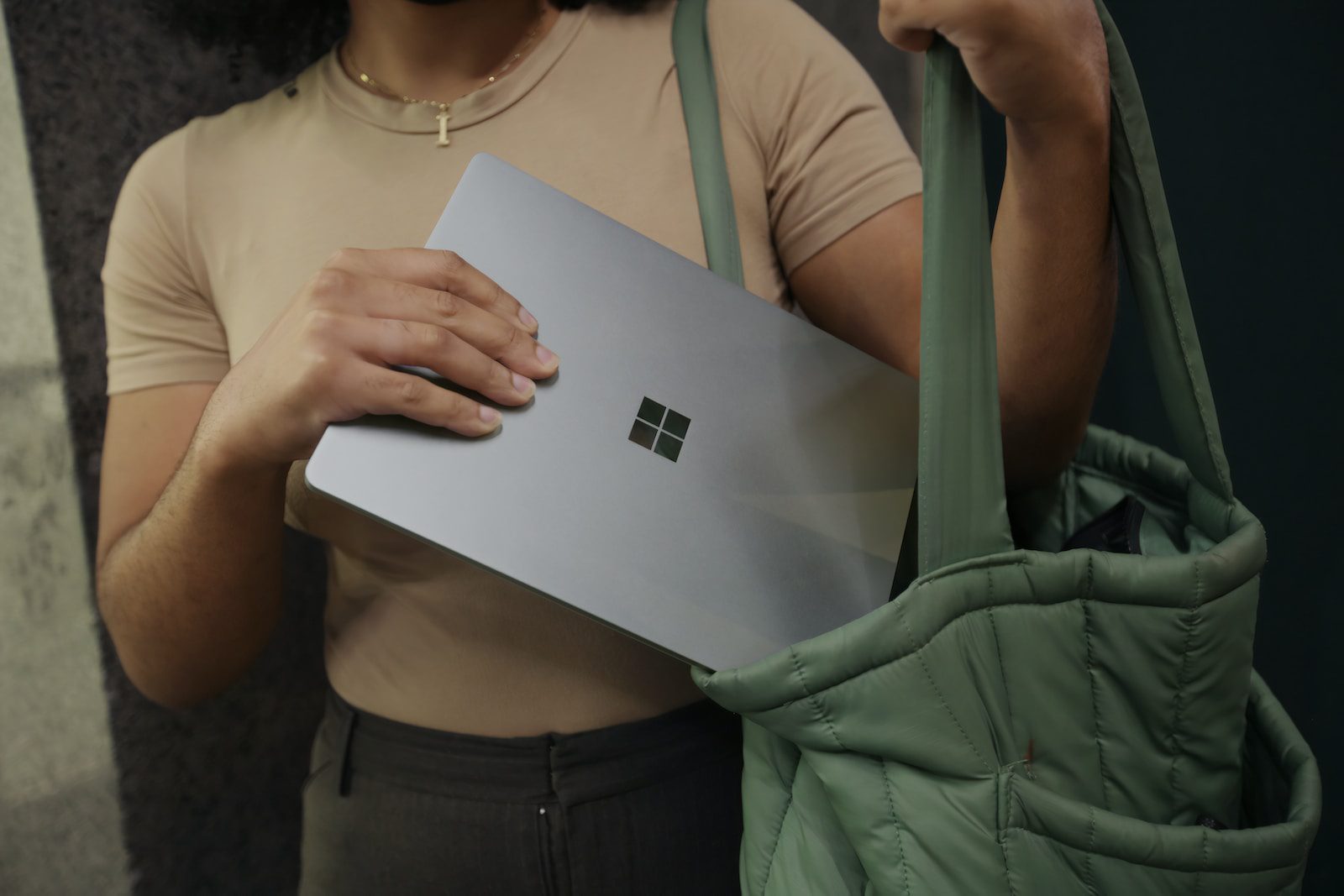One thing that I’d always wanted to do when running IT in China was to get rid of the horrible telephone exchange PBX units we had. Analogue PBXs are frustrating, they break, and they are these bizarre boxes of mystery that only technicians trained specifically for that unit can hope to fix. Unfortunately back then the cost of SIP trunking and FXO cards for the outside line and the cost of IP phones was prohibitive. I was pretty excited earlier this week when I came across some affordable SIP services in Singapore and I decided it was time to see how far along Linux based PBX had come since I was last looking into it.
There are numerous SIP providers in Singapore, whether it be the big players like Singtel, Starhub, or MyRepublic, or small time outfits. The more affordable of the bunch that I found was Hoiio which has an easy to use website, gives you lines instantly, and charges a mere $10.70 SGD/month for a local number, $0.00/minute for inbound calls, $0.017/minute for outbound calls, and offers 2 concurrent calls. They have other plans with backup lines and additional concurrent calls available for between $26.75/month with 5 concurrent calls to $107.00/month with unlimited concurrent calls. You can check out the SIP lines available here: https://store.hoiio.com/#/SIP. They say they can even port over your old analog numbers if you contact their support.
(EDIT: Hoiio pricing has changed since this article was written, there are now other options in Singapore like Avoxi, CallnCall, and Didlogic for affordable small business SIP).
With a cheap SIP line in hand from Hoiio, I decided to fire up Virtualbox with the latest stable release of FreePBX. Installation went as expected from a RedHat based distribution and Hoiio had a guide and instructions for setting up the SIP trunk with FreePBX (albeit a slightly earlier version of FreePBX). The trunk connected without a hitch so I decided to fire up some softphones in Virtualbox. I ran into some trouble at first as chan sip was no longer set to 5060 in this version of FreePBX but rather the newer pjsip is utilizing port 5060 while chan is using 5160. I eventually sorted out my extensions by setting them to pjsip or chan_sip as the client softphones allowed. It was time for the big test… I rang in from my handphone and I had a connection! I didn’t have sound coming across the call though, and when I tried to call out from the softphones I was not managing to ring my handphone.
It turns out that the port forwarding needed to be handled properly as I was being somewhat exotic by running FreePBX on an internal Virtualbox network and connecting it out to my actual LAN via PFSense. Once I forwarded the appropriate ports through the two routers (my actual one and my virtual one) behind which FreePBX was residing, I got my audio! While I don’t think everyone could sit down and setup VoIP today as some Linux and network background is still needed, it’s certainly come well into the reach of every business out there. I’m looking forward to playing with and refamiliarizing myself with some of the more advanced features over the next few weeks.
As far as affordability goes, the old standby Panasonic PBXs + 4 analog phone package costs around $900 SGD but it’s a black box that you can’t really just log in and change how it operates. If you want to run FreePBX you can do so on a mini PC very reliably for most offices so you are looking at around $350 SGD or less for a Zotac, Gigabyte, Asus, Dell, or Intel NUC. Phones range from $100 up into the thousands, I tend to like the Ubiquiti products more and more each day I work with them, so I would be inclined to go with the UVP series of Android-powered phones starting at around $300 SGD. The VoIP solution could be anywhere from $750 – $1,500 for equivalent offices but with far better features such as voice mail being emailed to the user, IVP, after hours call routing, “follow me” that seamlessly rings forward to handphones when an extension isn’t picked up, remote staff/virtual offices, and so much more! It also makes having an international presence trivial and international calls cheap as you can setup additional trunks using other country’s phone numbers so you can call and answer automatically using local numbers from KL, Jakarta, Beijing, or even Paris.
Based on my time with it so far, I can say with certainty that there really isn’t much reason in 2016 to stick with the old analog phone system.



